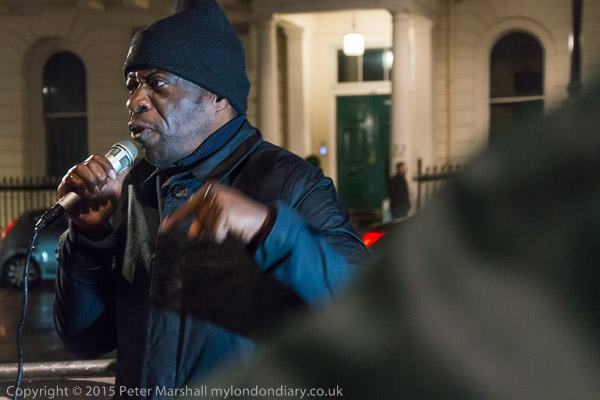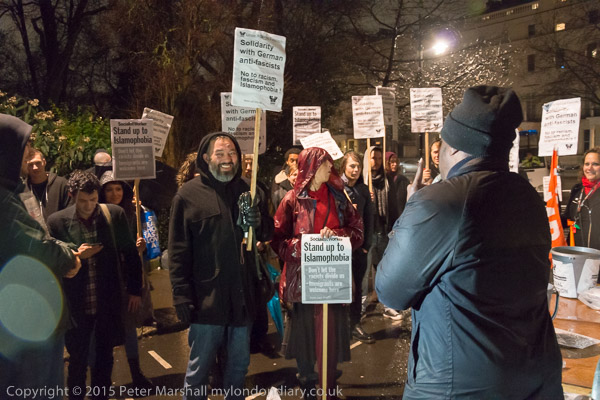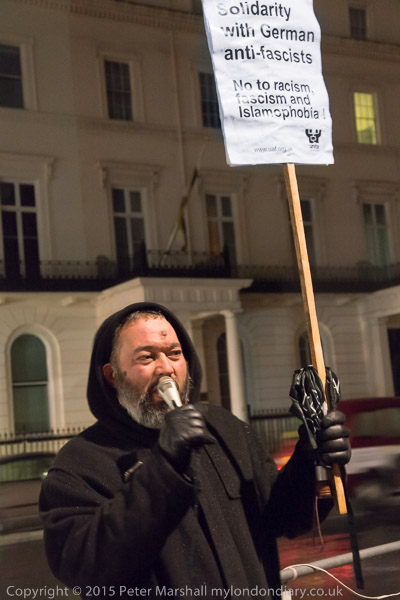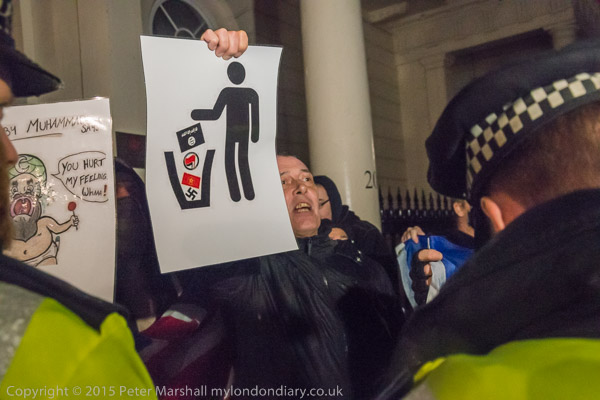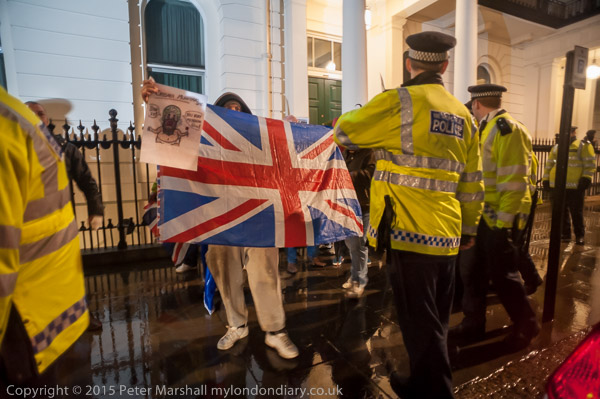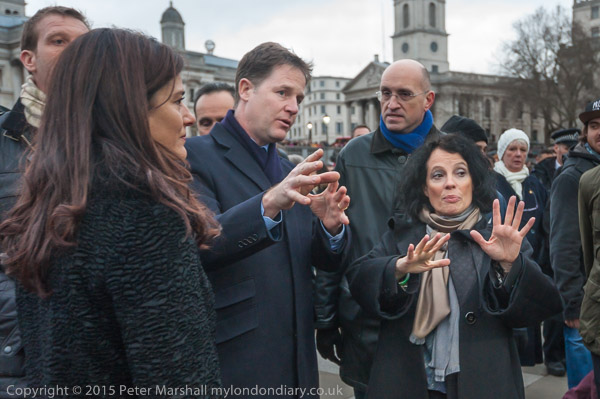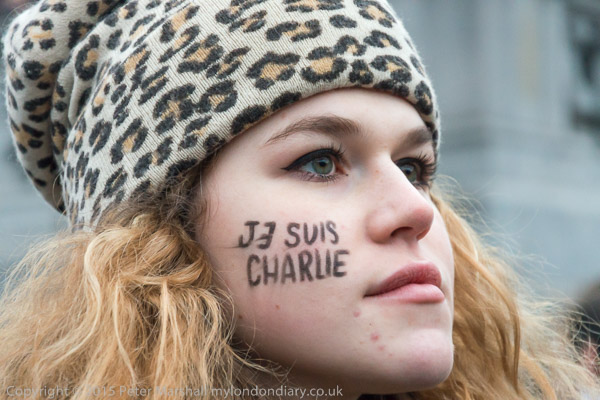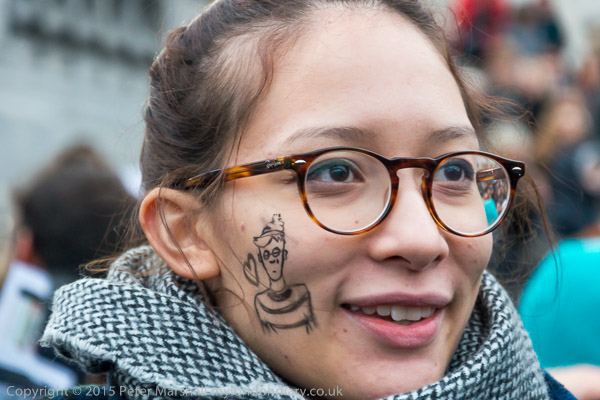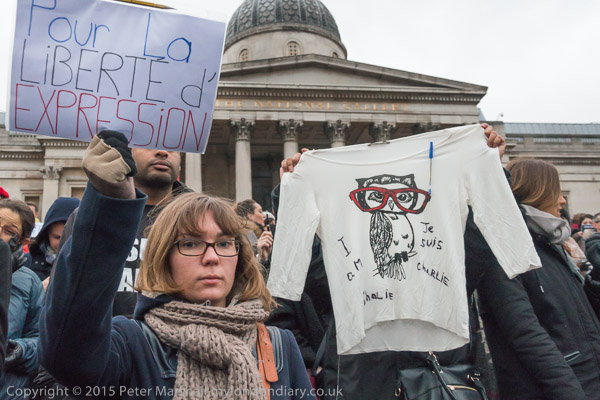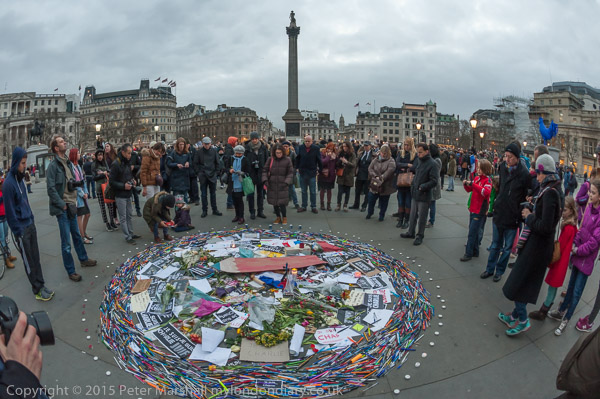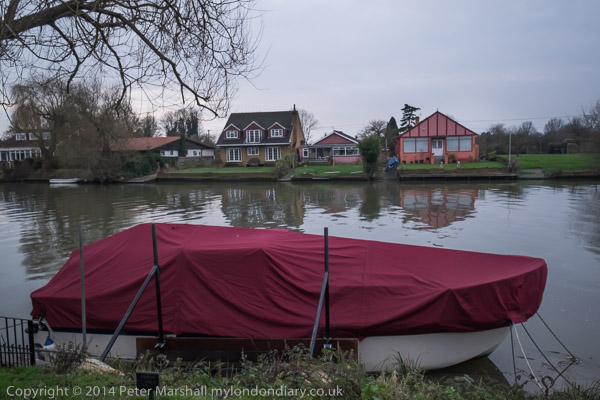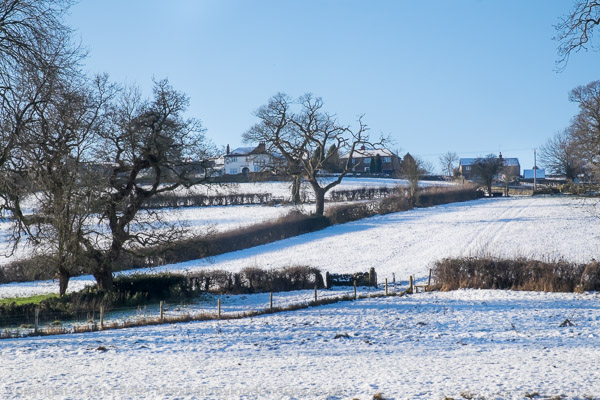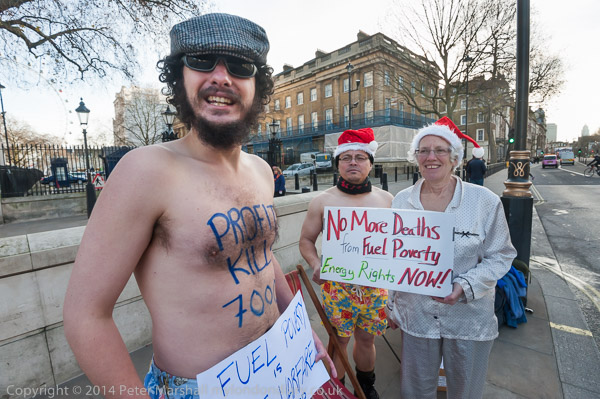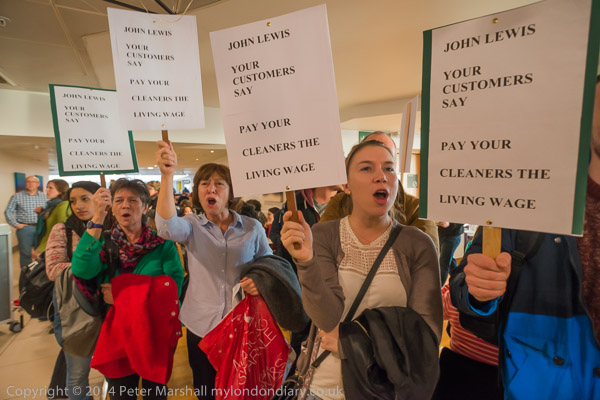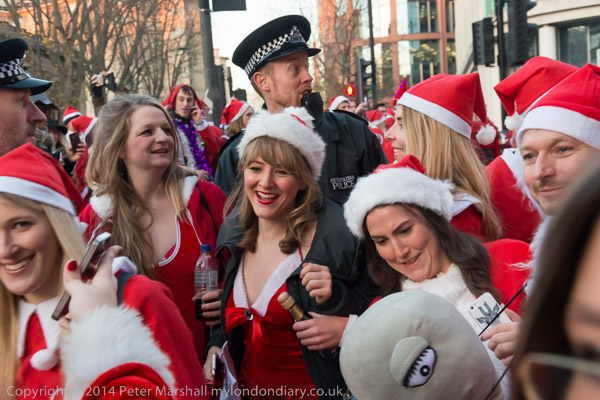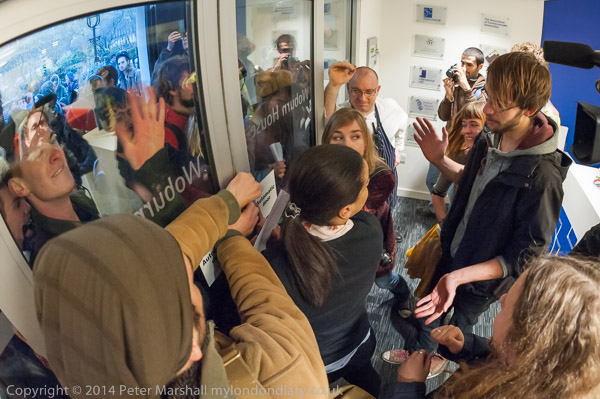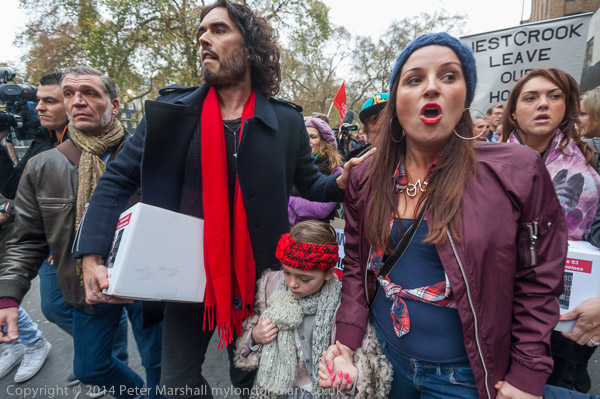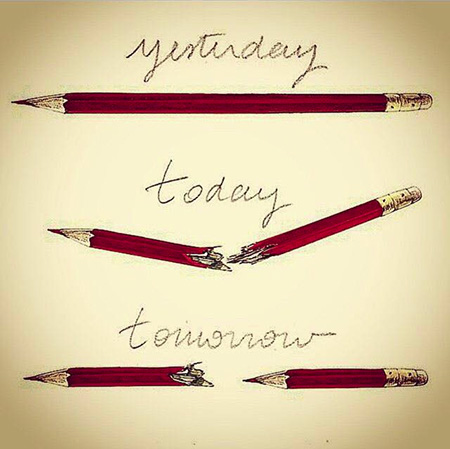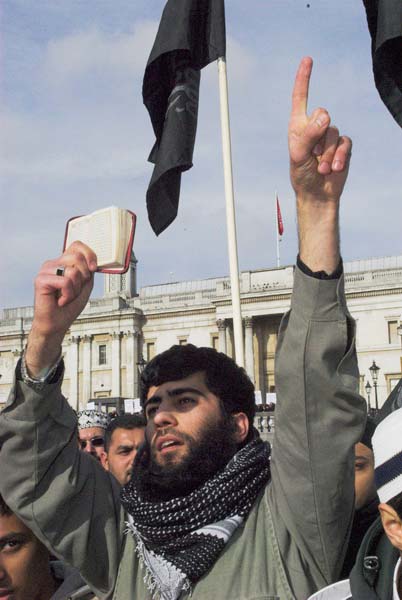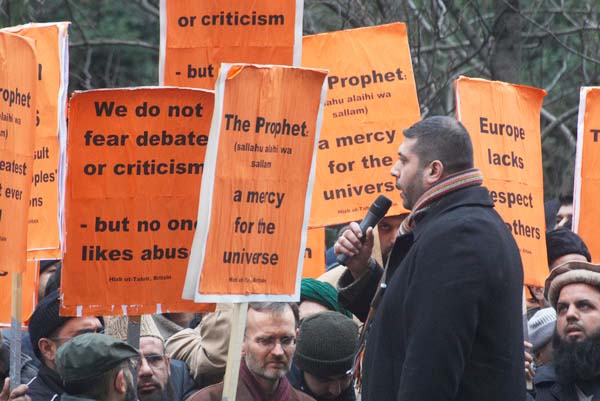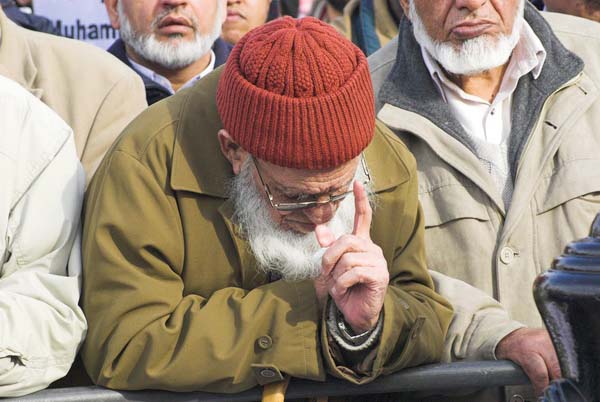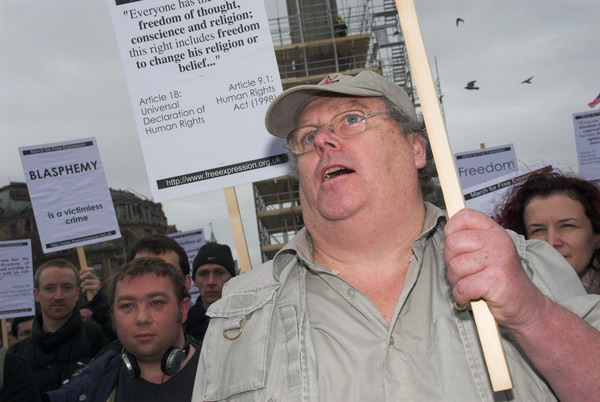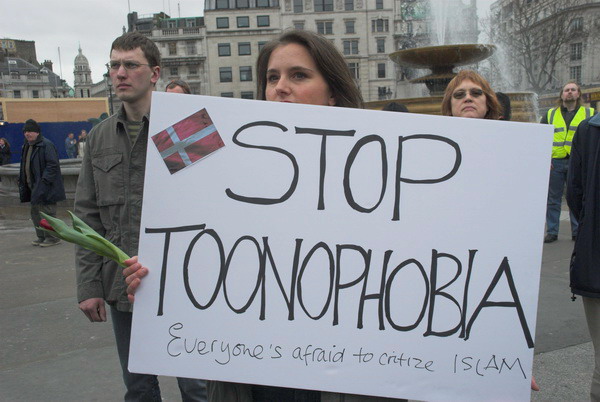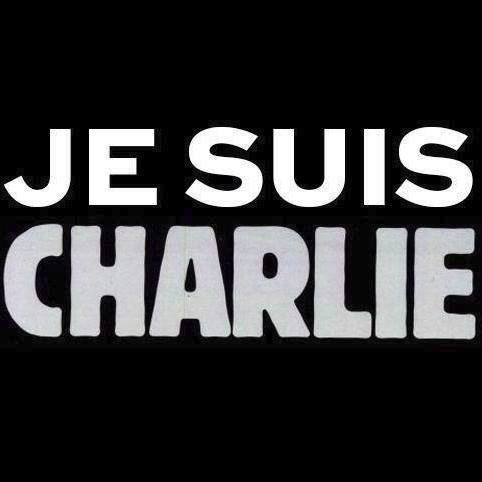I’m sitting typing at my notebook, and using it to copying my files from 2007-8 from an old external hard disk onto my new Drobo 5N NAS. And rethinking how I intend to backup my work. This is a slow process, as the hard disk is only USB2, and at around 15Mb/s the 500Gb will take around 8 hours.(Later I found the speed roughly doubled if I actually plugged the Ethernet cable into the router, rather than just assuming it was connected and transferring over the wireless link.) I’ve another 9 disks to go through, some larger, though I’ll not transfer everything to the new system.
To my right, my desktop computer is still chuntering through Chkdsk on my drive G:, all 3TB of it. It’s now got on to telling me that there are around 450,000 files that need fixing and is looking at each in turn to tell me it can’t fix them. It says that it is 10% through, but I don’t believe the figures. Probably it will finish some time early next week. Meanwhile I’m doing the best I can with the notebook.
I got all ready to take pictures yesterday when I got a message telling me the event had been cancelled. There was a suggestion I might cover something else, but unfortunately by the time I read the message it seemed to late to get there. I don’t have Lightroom installed on my notebook – I decided the screen was too small and the keyboard and pad wouldn’t make it worth having. I could install it now – or put it on my smartphone as the licence allows, but instead I’ve decided to work in RAW + Fine jpeg mode until I get back onto the desktop machine. I do have an old copy of Photoshop I can use to do some adjustments.
The Drobo has advantages and disadvantages. It should protect against a hard drive failure, enabling me to replace a failing disk without losing work, and it should also allow me to increase the capacity of the system by installing disks of higher capacity. It also means that should my computer go down I will be able to easily access all my files from any other computer I attach to the network. And it is certainly convenient to have access to so much work in the one place.
Its big disadvantages seem to me to be that it is a proprietary system, and that it is also a single point of failure. So while I’m backing up my files to it, I’m also looking at keeping at least one other copy of all important files elsewhere.
I’ll store the old external hard drives carefully – and hope they remain in working order unused. And I’ll keep another attached to my main computer to store current work, replacing that as it gets full. I suspect that they will remain usuable if stored well – at least so long as we still have hardware with USB ports.
I still have boxes full of CDs and DVDs with most of my digital work (and some scans) on them, going back now in some cases around 20 years. Despite the health warnings many have given over the years, so far these have remained readable – I did always look for disks which were supposedly of good quality. I gave up writing work to these around a year ago when with 32Mp files things really got out of hand. And some of the scans and panoramas come to around 250Mb a time, which makes DVD at 4.7Gb look rather small.
I’m thinking now of going back to them, though only for storing a copy of the jpegs that I develop from Lightroom – a much more manageable proposition. An alternative would be to use USB memory sticks, given the low prices of 64Gb USB3 sticks; again people say these are not suitable for long term storage, but those I wrote when they first came out remain readable. I’ll also consider getting a Blu-Ray – perhaps external – writer which are now available at a reasonable price, and 25Gb media at around a quid a piece, but I’m less sure about them.
Of course I should be using cloud storage, but I trust that less than I do optical media. Who can say which companies will still be in business next year – or whether the promises they make will be kept? And cloud storage for all of my work would be prohibitive in cost. It does provide a valuable safeguard against theft, flood or fire etc, but perhaps I’ll ask a friend to keep a small bag of memory sticks or box of disks instead.
